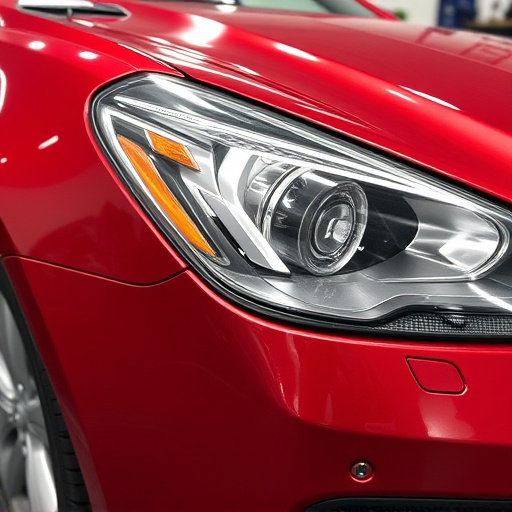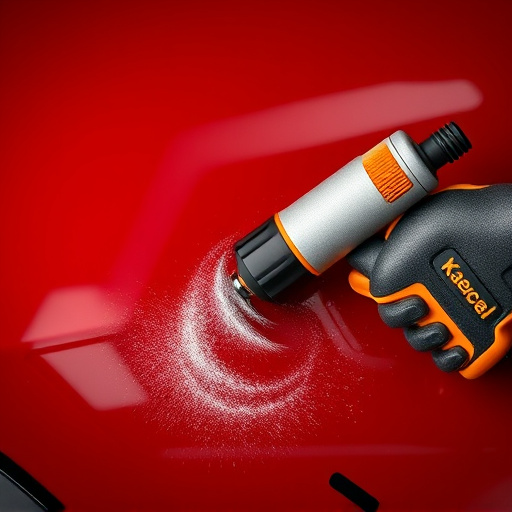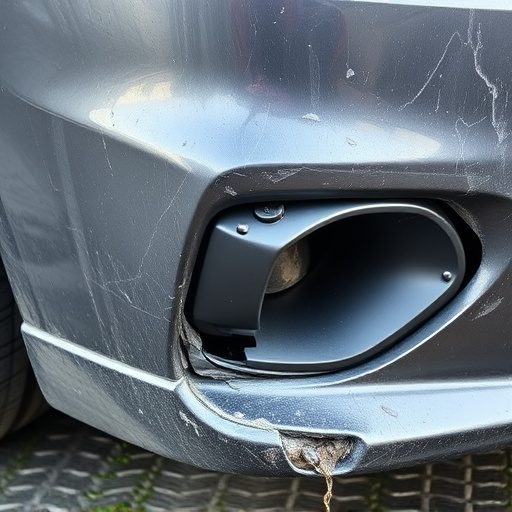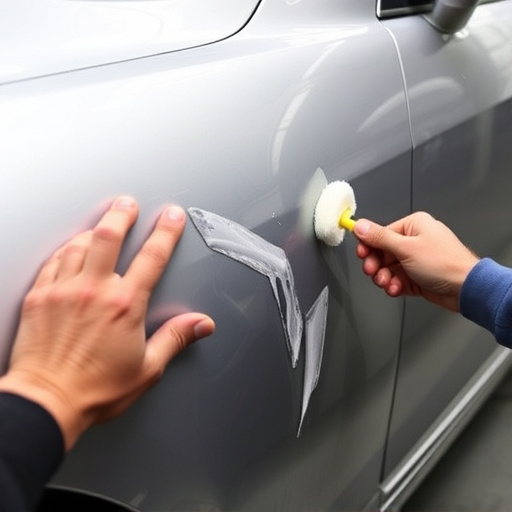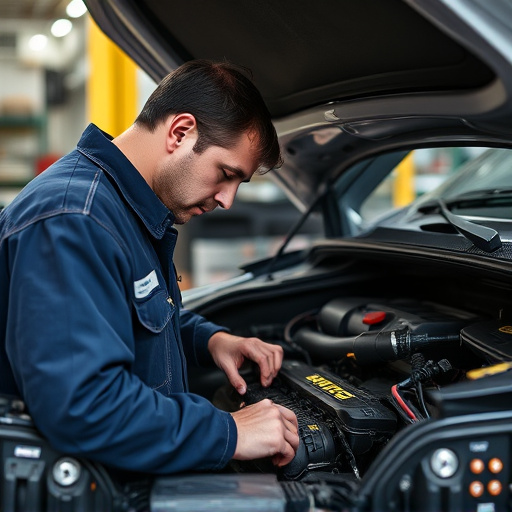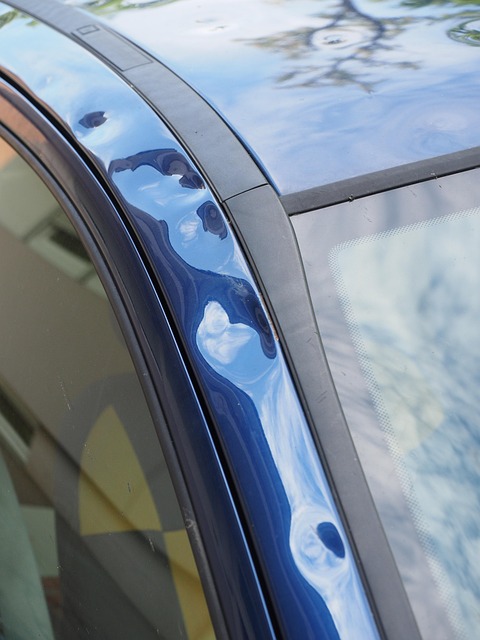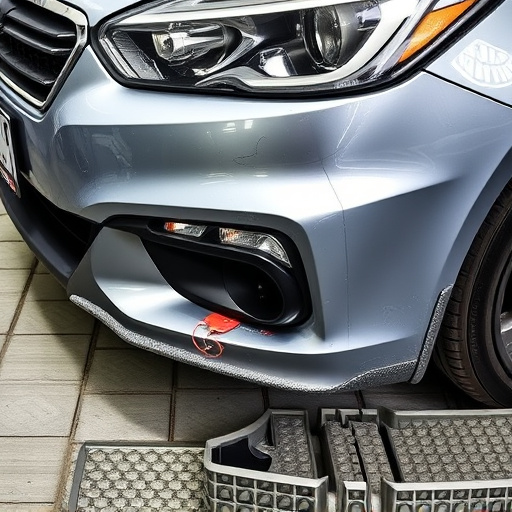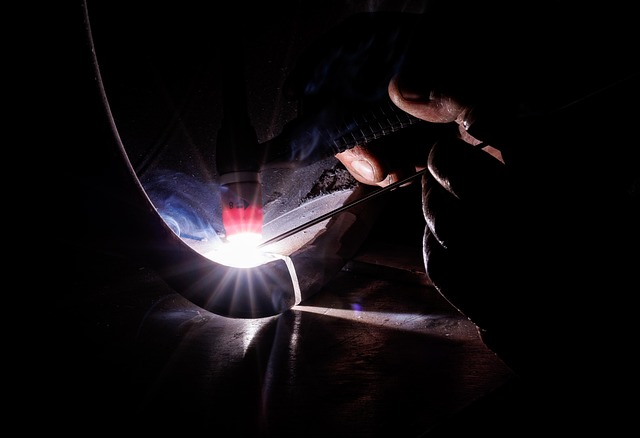Acoustic glass repair, an ancient technique for restoring automotive windows and mirrors, has evolved to meet modern needs while preserving historical significance. Despite advancements in glass technology, minor damages still occur, prompting the use of modern repair methods that leverage frame straightening and specialized tools for cost-effective solutions. While the industry has explored alternative methods, acoustic glass repair remains a sustainable choice due to its balance between initial investment and long-term savings, enhanced safety, comfort, and environmental benefits.
Is acoustic glass repair still a worthwhile investment? With advancements in technology, many wonder if traditional methods keep up. This article delves into the world of acoustic glass repair, exploring its historical role in enhancing building acoustics. We’ll compare these techniques with modern alternatives and analyze cost-effectiveness and environmental considerations. By understanding both sides, you can make informed decisions about whether acoustic glass repair is still worth your time and resources.
- Understanding Acoustic Glass Repair: The Basics and Its Historical Significance
- Modern Alternatives and Advancements in Window Repair
- Evaluating the Cost-Effectiveness and Environmental Impact of Acoustic Glass Repair Today
Understanding Acoustic Glass Repair: The Basics and Its Historical Significance
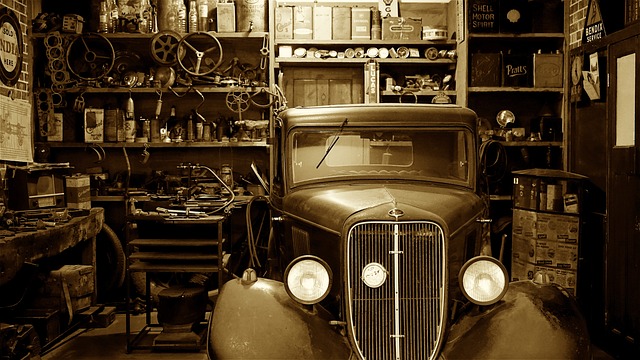
Acoustic glass repair is a specialized process that has gained importance over the years, not just for its practical benefits but also due to its historical significance. This technique involves restoring damaged or broken automotive windows and mirrors, which are integral parts of any vehicle’s safety and visibility. The process dates back to the early days of automobile manufacturing, when glass was initially used as a clear barrier between the driver and the road.
Over time, advancements in technology have led to more robust glass materials, but accidents and damages still occur, leading to cracks, chips, or complete shatters. Traditional repair methods for acoustic glass include replacing the entire damaged piece, which can be costly and time-consuming. However, with innovative techniques like frame straightening and precise tools, professionals can now effectively fix minor imperfections, ensuring optimal sound quality and structural integrity within the vehicle’s cabin without needing a full auto body restoration.
Modern Alternatives and Advancements in Window Repair
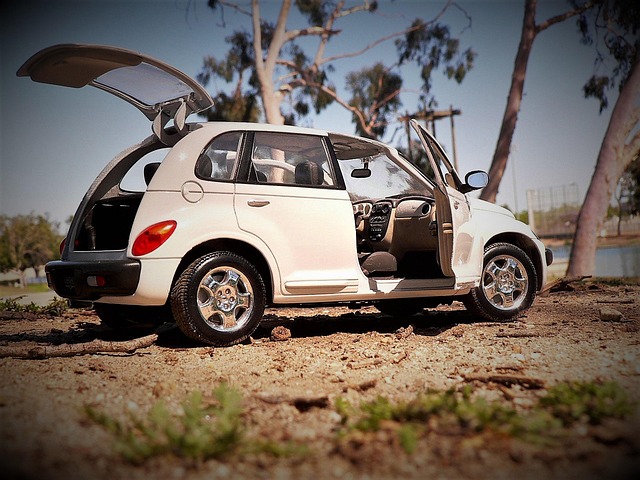
In recent years, the landscape of window repair has evolved significantly, offering modern alternatives that challenge the traditional method of acoustic glass repair. While acoustic glass was once a go-to solution for soundproofing and shatter resistance, advancements in materials science have introduced innovative products. Today, we see the emergence of high-performance, impact-resistant windows designed to withstand extreme conditions. These new options often combine multiple layers of glass with specialized interlayers, enhancing both structural integrity and noise reduction capabilities—all without the need for intricate repair processes.
Furthermore, the automotive industry has led the way in developing advanced body repair techniques, such as composite materials and precision engineering, which have found applications beyond vehicles. Body shop services now offer state-of-the-art solutions for car dent repair and other cosmetic damages, providing faster turnaround times and superior results compared to traditional acoustic glass repair methods. These modern approaches not only save time but also contribute to a more sustainable future by reducing the need for extensive material replacements.
Evaluating the Cost-Effectiveness and Environmental Impact of Acoustic Glass Repair Today
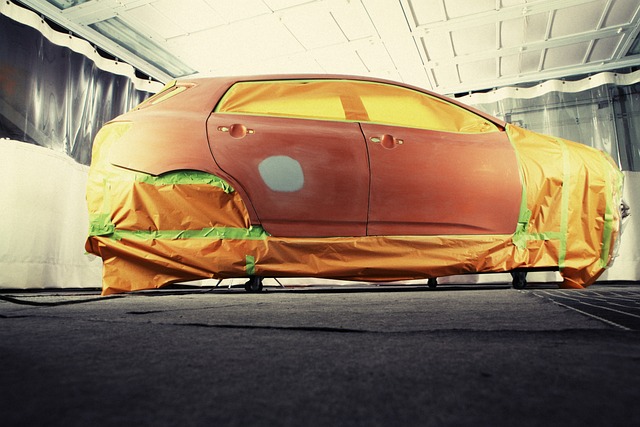
Evaluating the cost-effectiveness of acoustic glass repair involves weighing the expenses against the benefits. While the initial investment might seem steep, particularly when compared to replacing the entire window, the long-term savings can be significant. Acoustic glass repairs are often more affordable than complete auto body restoration or collision center services, especially for minor cracks or chips that don’t compromise structural integrity. Additionally, these repairs can prevent further damage by blocking out noise and preventing sun glare, enhancing both comfort and safety.
From an environmental perspective, acoustic glass repair is a sustainable choice. By opting for repair instead of replacement, you’re reducing waste and lowering your carbon footprint. The manufacturing process for new glass involves significant energy consumption and resource extraction, making repairs a greener alternative. Moreover, the skill and expertise required for acoustic glass repair can help preserve valuable resources and minimize the need for intensive auto body restoration processes associated with more severe damages.
In conclusion, while acoustic glass repair offers historical significance and unique benefits, modern alternatives have emerged that provide comparable solutions with improved efficiency and reduced environmental impact. Considering the cost-effectiveness of newer technologies, it may be more beneficial to explore innovative repairs or replacements for windows, ensuring optimal sound reduction without the extensive time and resources traditionally associated with acoustic glass repair.


